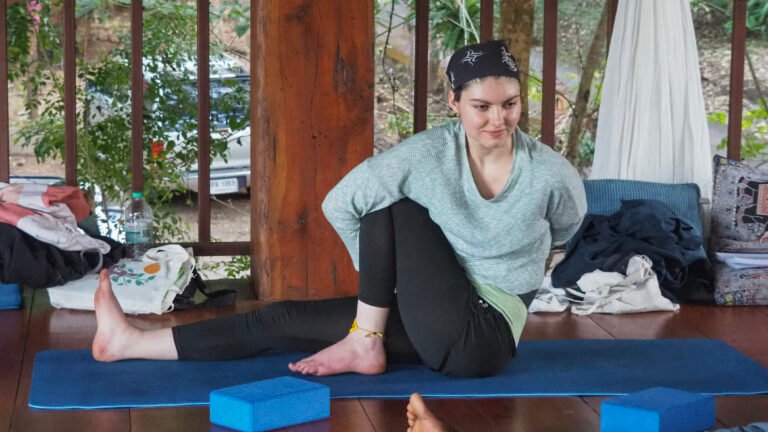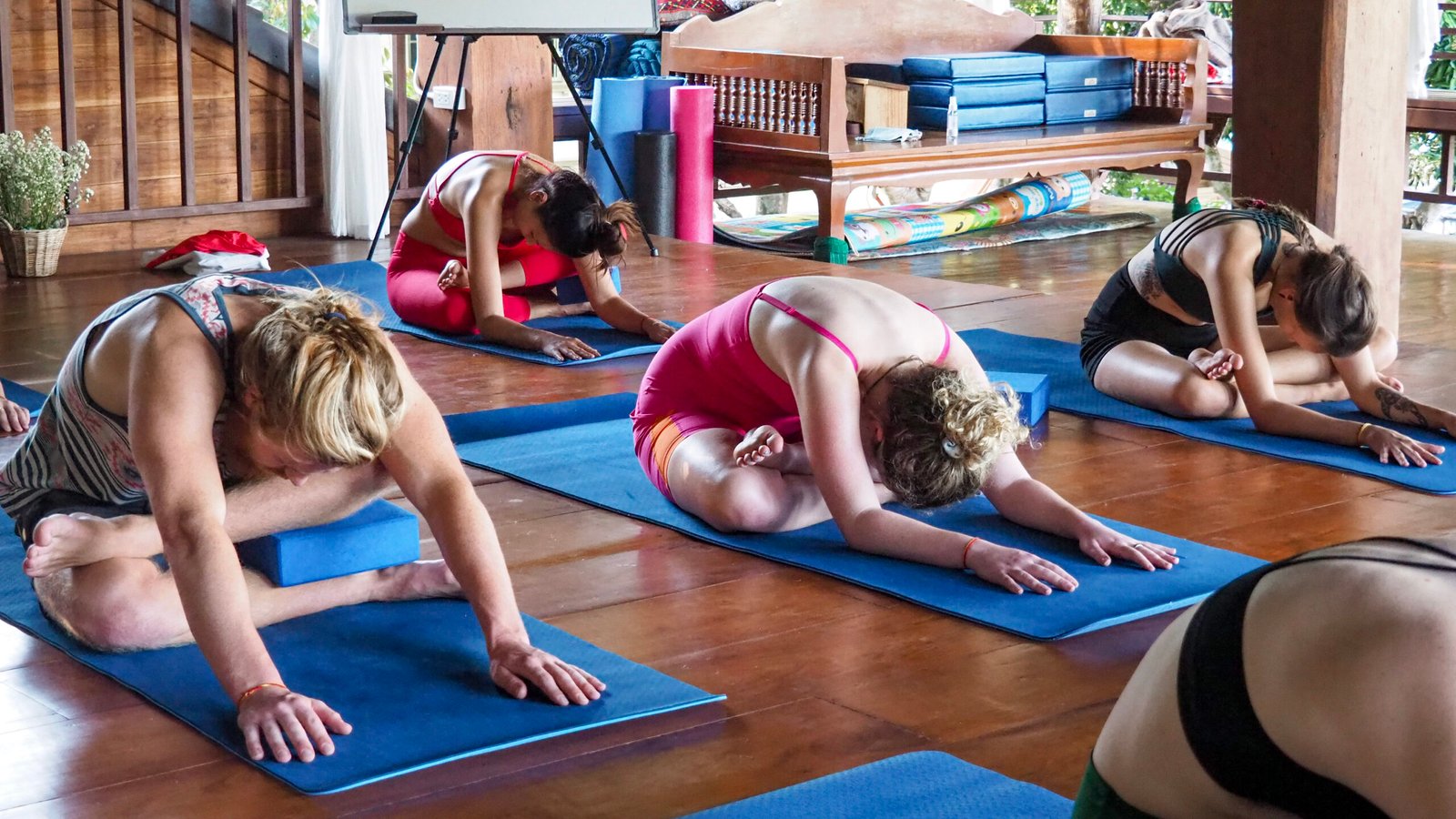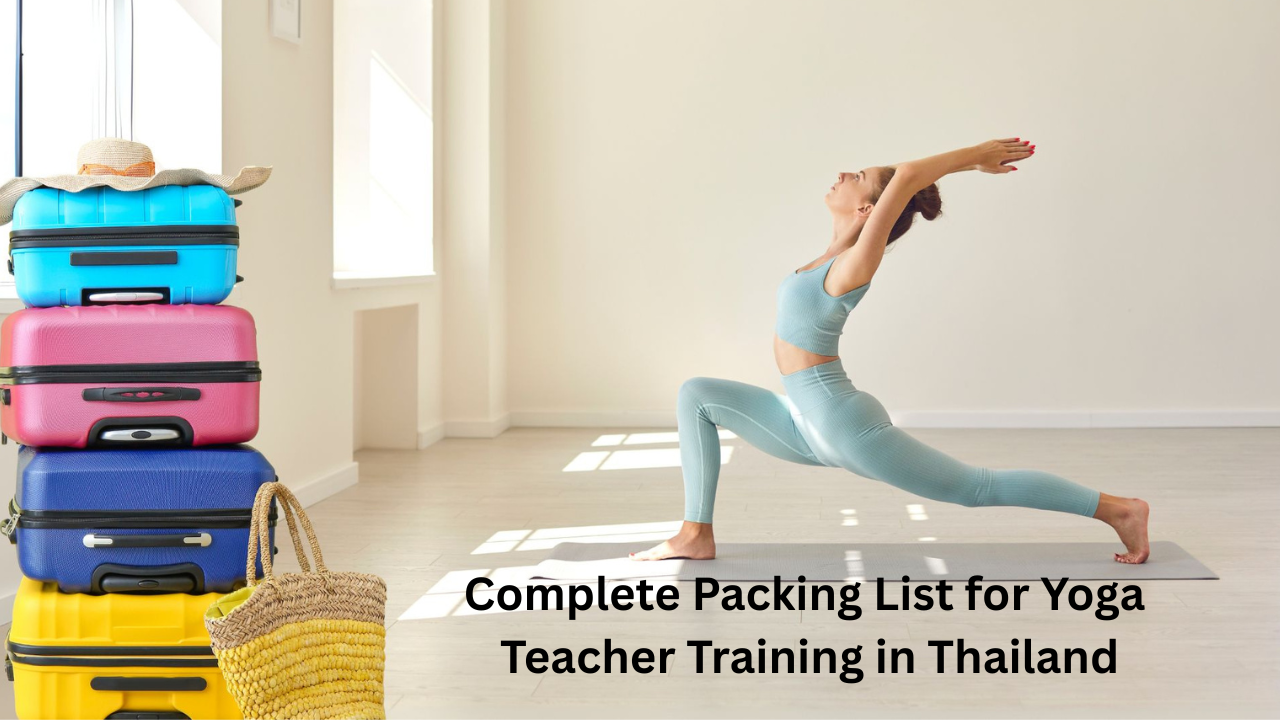Have you decided to turn your living room into a fitness area which enhances your strength and overall physical shape? Through appropriate exercise methods combined with creative thinking you can easily obtain complete body exercise right inside your own home space. The need for costly gym memberships together with specialized equipment has vanished so people can develop muscle tone without such expenditures. This guide offers suitable exercises for people who need home workouts including parents managing their busy schedules and remote workers who want a break as well as individuals who want to exercise without leaving their homes. Take your water bottle out and put your mat in position to start creating your body shape with effective home-based exercises.
Introduction: Why Strength Training is Important for overall Fitness
People who perform strength training activities achieve significant improvements within their fitness condition. Weight lifting serves more than visual purposes because it helps you develop strength while also increasing endurance abilities and enhancing everyday existence quality. The addition of strength workouts to your exercise schedule will achieve both physical definition and daily activity energy.
The recent rise of home workouts provides you with an optimal opportunity to start doing full-body strength training exercises directly at home. You need both determination and proper instruction rather than fitness equipment to conduct strength training without a gym membership. This post demonstrates the effective home-based approach for training all your major muscle groups while gaining all associated advantages.. Get ready to unlock a stronger version of yourself!
Benefits of doing strength training at home
Home-based strength training provides maximum convenience to people. You maintain full flexibility regarding your workout time because you can perform them during any part of morning or evening. The convenience factor does not require gym attendance or class schedules.
Cost-effectiveness is another advantage. By investing small amounts in equipment you can develop a workout place which covers your requirements while avoiding recurring gym membership costs.
The location of training in your own house provides both privacy and comfort. The absence of self-consciousness allows you to concentrate on your form as you freely discover various exercises in privacy.
Flexibility stands as the essential factor to effectively add strength workouts to your daily exercise plan. Schedule modifications can be made whenever you need them because you maintain consistency throughout.
The development of customized exercises that meet your exact needs helps preserve your dedication through time. Fitness growth reveals your most effective methods which you can use to make adjustments during your physical development.
More Details: 200 Hour Yoga Teacher Training in Thailand
Equipment Needed for a full-body Strength Workout at home
When setting up for a full-body strength workout at home, you don’t need much. A few key pieces of equipment can make all the difference.
Dumbbells are versatile and essential. Different exercises using this equipment enable training various muscle groups. The adjustable versions of this equipment occupy minimal space and provide flexibility for different weight selection options.
Resistance bands serve as exceptional supplementary equipment. The equipment allows you to perform various resistance exercises while consuming minimal space in your workout area. This equipment serves exceptionally well for post-rehabilitation exercises and as a method to prepare for working out.
Running exercises on the floor require a material mat that provides stability. You can find both support and steadiness by using it to perform planks or bridges.
Investors interested in advanced equipment should look into kettlebells or medicine ball additions. The unique features of these implements enhance your workouts by delivering specific challenges toward functional strength enhancement.
Make an inventory of your possessions and seek imaginative solutions to turn common house items into fitness equipment.
The basic Principles of a full-body Strength workout routine
Several essential rules form the foundation for complete body strength exercises. First, balance is essential. To develop proportional muscle size and avoid injuries you need to workout each main muscle area.
The importance of combining multiple muscles into one action during workouts should always be considered. Push-ups deadlifts and squats combine several muscles to deliver maximum results during exercise.
Repetition ranges matter too. Repetitions should remain between 8 and 12 per exercise to develop muscle endurance together with muscle growth.
Exercise recovery happens during rest periods since these pauses let your muscles prepare for successive challenges.
Consistency proves essential for reaching fitness goals in all journeys. Setting up a consistent workout routine lets you track your achievements along with maintaining your drive throughout the longer period.
Also Read: Why Incorporating a Daily Yoga Routine Can Help You Better Manage Stress
Specific Exercises for Each major muscle group (upper body, lower body, core)
The traditional upper body exercise involves push-ups. The exercise activates your chest together with shoulder and triceps muscles as well as your core. Increase your push-up difficulty by performing them on incline or decline positions as you advance.
Using dumbbells to perform rows will build strength in your back muscles effectively. Toward maximizing the exercise impact you should position one knee on a bench while performing the weight pull motion toward your hip.
The top position for lower body exercise training is the standing squat. This full-body exercise effectively enables multiple muscle groups such as the quads as well as the hamstrings and glutes to work. To determine your workouts level you should consider adding weights to the exercises or performing movements using only one leg at a time.
The movement of lunges is an excellent choice for strengthening your lower body muscles. The muscle groups activated in forward lunges differ from those in reverse ones even though they deliver excellent training benefits.
Don’t forget about your core! Planks serve as outstanding exercises for achieving complete body stability. Side plank exercises work your obliques while mountain climbers enable you to reach higher intensities and cardiovascular exercise.
Tips for Proper form and Technique to Prevent Injury
Maintaining proper form is crucial in any strength training routine. Start with your feet shoulder-width apart and engage your core before lifting weights. This stabilizes your body and reduces the risk of injury.
When performing exercises, pay attention to joint alignment. Keep knees behind toes during squats or lunges to protect them from strain. A mirror can help you monitor your posture and ensure you’re moving correctly.
Breathe steadily throughout each movement; exhale during exertion and inhale as you lower weights. Timing can impact control, so focus on slow, deliberate motions rather than rushing through reps.
Don’t hesitate to modify exercises according to your fitness level. If a particular movement feels uncomfortable, adjust it or choose an alternative that targets the same muscle group without compromising safety.
Lastly, listen to your body’s signals—pain is not progress. If something doesn’t feel right, take a break or consult a professional for guidance on technique adjustments.
Sample full-body workout plan to follow
Here’s a sample full-body workout plan that you can start right away. This routine requires minimal equipment, making it perfect for your home setup.
Begin with a warm-up to get your blood flowing. Spend five minutes doing jumping jacks or brisk walking in place.
Choose compound movements to maximize efficiency. Start with squats for the lower body, followed by push-ups for the upper body. Aim for three sets of 10-15 reps each.
Incorporate lunges and dumbbell rows next. These exercises target multiple muscle groups simultaneously and enhance coordination.
Don’t forget about your core strength! Plank holds are great; try holding them for 30 seconds to one minute.
Finish up with some glute bridges and tricep dips on a sturdy chair or bench.
Cool down afterward with gentle stretching to promote flexibility and recovery. Remember to listen to your body as you progress through this plan.
How to Progress and Challenge yourself as you get Stronger
Your fitness results will require consistent changes along with progressively difficult exercises when you develop strength. The effective approach for muscle growth is progressive overload. Increasing the weight or resistance has to be done step by step as a method for progressive overload.
Adjust the number of repetitions together with the set number of exercises during your workout routine. Make an effort to do 12 reps rather than your typical 10 reps or exceed to 15 reps. A rise in the intensity of your exercises stimulates the process of muscle development.
Another way to challenge yourself is by altering your routine every few weeks. Changing exercises not only prevents boredom but also targets muscles differently.
Incorporate advanced techniques like supersets or circuit training to boost intensity without needing extra equipment.
Tracking your progress through a workout journal can be motivating as well; seeing improvements over time reinforces commitment and determination. Experimenting with various training styles keeps things exciting while ensuring continuous development in strength and endurance levels.
Must Visit: Best Yoga Teacher Training in Thailand
Incorporating cardio and flexibility into your at-home Strength Training routine
A complete fitness routine requires a combination of cardio and flexibility exercises because they enhance physical health. You can neglect cardio and flexibility activities while doing strength training at home.
Performing brief cardiovascular exercises between strength exercises will help increase your heart rate together with metabolism acceleration. Use either jumping jacks or high knees exercises for 30 seconds then transition to your subsequent set. This exercise strategy maintains workout entertainment value while building endurance.
Work flexibility needs to become part of the fitness routine. The practice of stretching post-weight training helps muscles heal better simultaneously stopping the development of stiffness. Select yoga poses which focus on the major areas that underwent exercise work.
Prior to exercise you should consider performing dynamic stretches which help your body become ready for physical movement. Better athletic performance accompanies better balance in physical health when you implement all three training elements together. The sessions create possibilities which allow individuals to achieve strength development alongside better cardiovascular fitness alongside enhanced flexibility.
Conclusion: The convenience and effectiveness of at-home strength training
People who want to improve their fitness can find the best convenience and effectiveness in strength training exercises performed at home. Right exercises combined with dedication will enable anyone to perform complete body workouts at home without gym access.
Your ability to manage work sessions independently enables you to smoothly add strength training to your daily schedule. Your ability to decide your environmental conditions leads to better attention span and motivation. The time saved from not commuting to the gym becomes available for developing muscle power or performing proper recovery.
Personalized workout programs are possible with home workouts because you can choose between minimal equipment and bodyweight exercises which enable you to design specific programs for yourself. Your growth in confidence with your exercise abilities will reveal that home-based strength training develops physical power and creates mental toughness.
By adopting this strategy you gain access to a successful method of health improvement that supports your other life obligations. Start your journey toward improved health by taking your dumbbells or your yoga mat from their current position wherever that may be.









